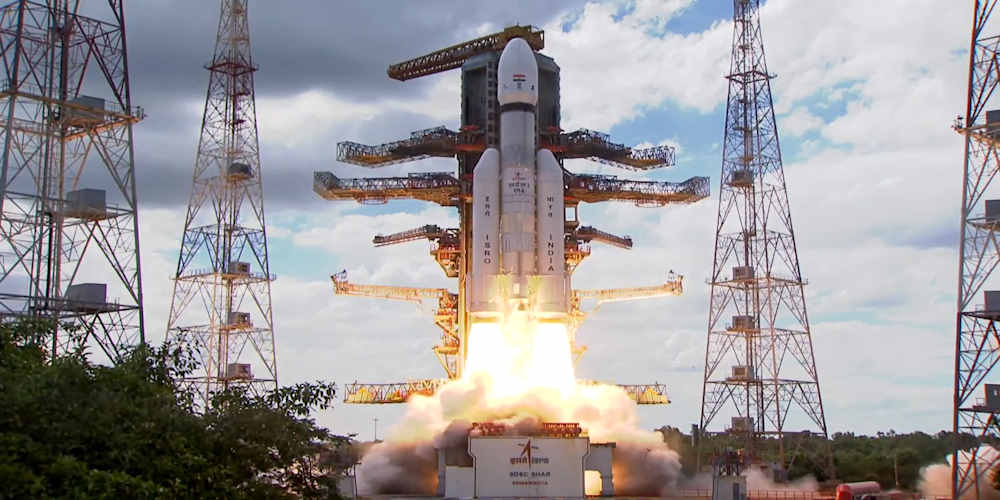August 9 – On Tuesday, August 8, Indian Space Research Organisation (ISRO) chief S Somanath stated that Vikram, the lander of India’s third lunar mission Chandrayaan-3, is scheduled to make a gentle landing on the Moon’s surface on August 23 and will do so even if the engines fail. He stated during a talk on ‘Chandrayaan-3: Bharat’s Pride Space Mission’ organised by NGO Disha Bharat that the smooth landing will be ensured even if all of the sensors and two of the spacecraft’s engines fail.
The ISRO team’s biggest problem, he says, is to make a horizontal Vikram land vertically on the lunar surface. “Once separated from the orbiter, the lander will move horizontally.” “The Vikram will be brought to a vertical stance after a series of manoeuvres to ensure a safe landing on the Moon,” Somnath explained. “The trick that must be played is the capacity to transfer from horizontal to vertical direction. Only here did we have issues the last time,” he noted.
The ISRO failed to successfully land its lander on the Moon’s surface during the Chandrayaan-2 mission, according to the ISRO chief, adding that the lander ‘Vikram’ is designed to withstand failures. “If everything fails, if all sensors fail and nothing works, Vikram, the lander will still make a soft landing as long as the propulsion system works properly,” he explained.
The Chandrayan-3 mission began on July 14, and after being launched into space, it entered lunar orbit on August 5. On August 9, 14, and 16, it will do three additional de-orbiting movements until its orbit is reduced to 100 km x 100 km from the Moon. This will bring it closer to the Moon, allowing it to land on its surface on August 23. A lander propulsion module separation exercise will be launched shortly after lander deboost, a process that slows down the craft, and will be followed by a touchdown on the lunar surface on August 23, according to ISRO chief.
He also stated that it is difficult to assure that less fuel is spent. The ISRO team this time ensured that Vikram attempted a proper landing despite some differences in estimations, he noted.










